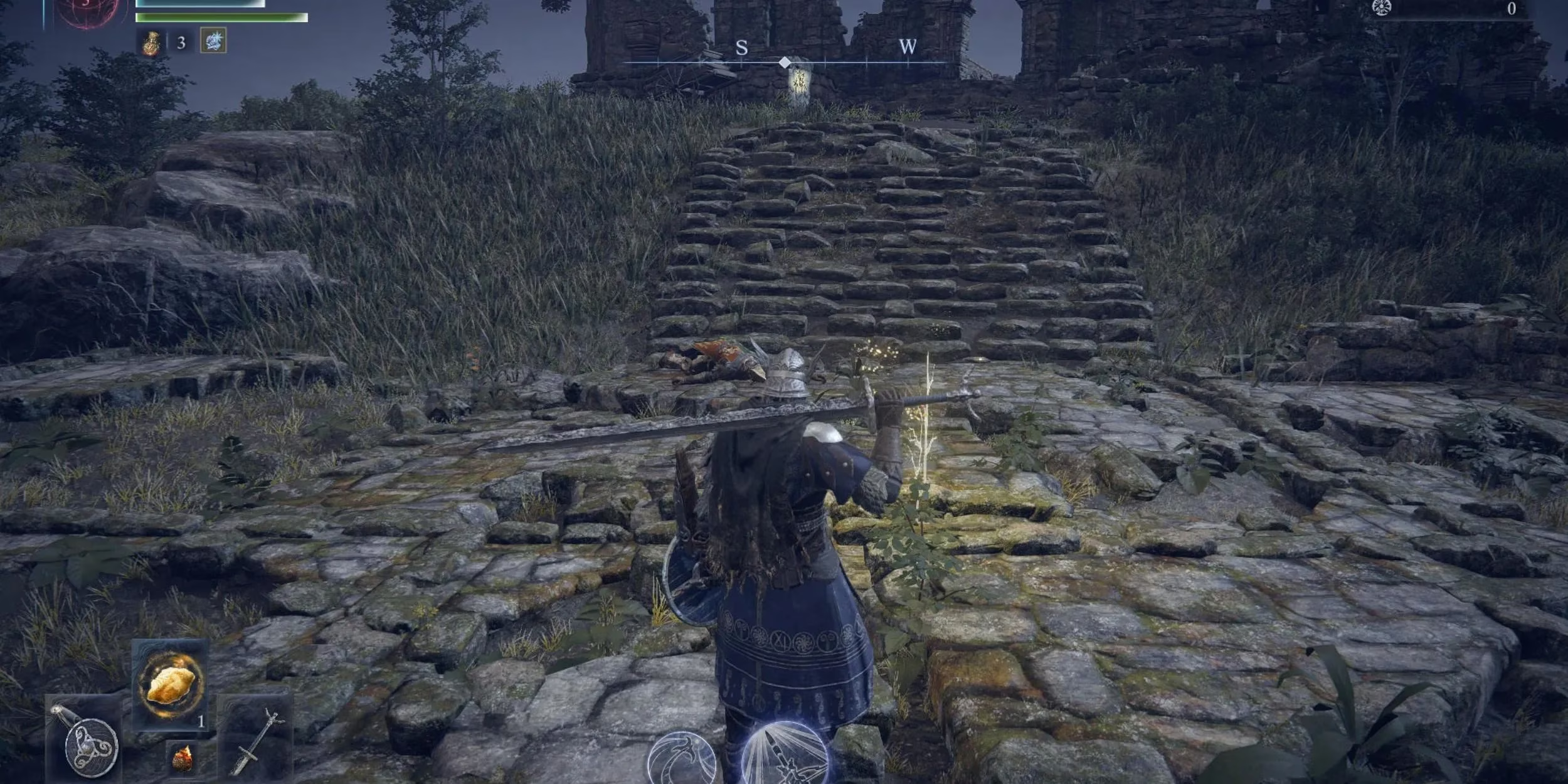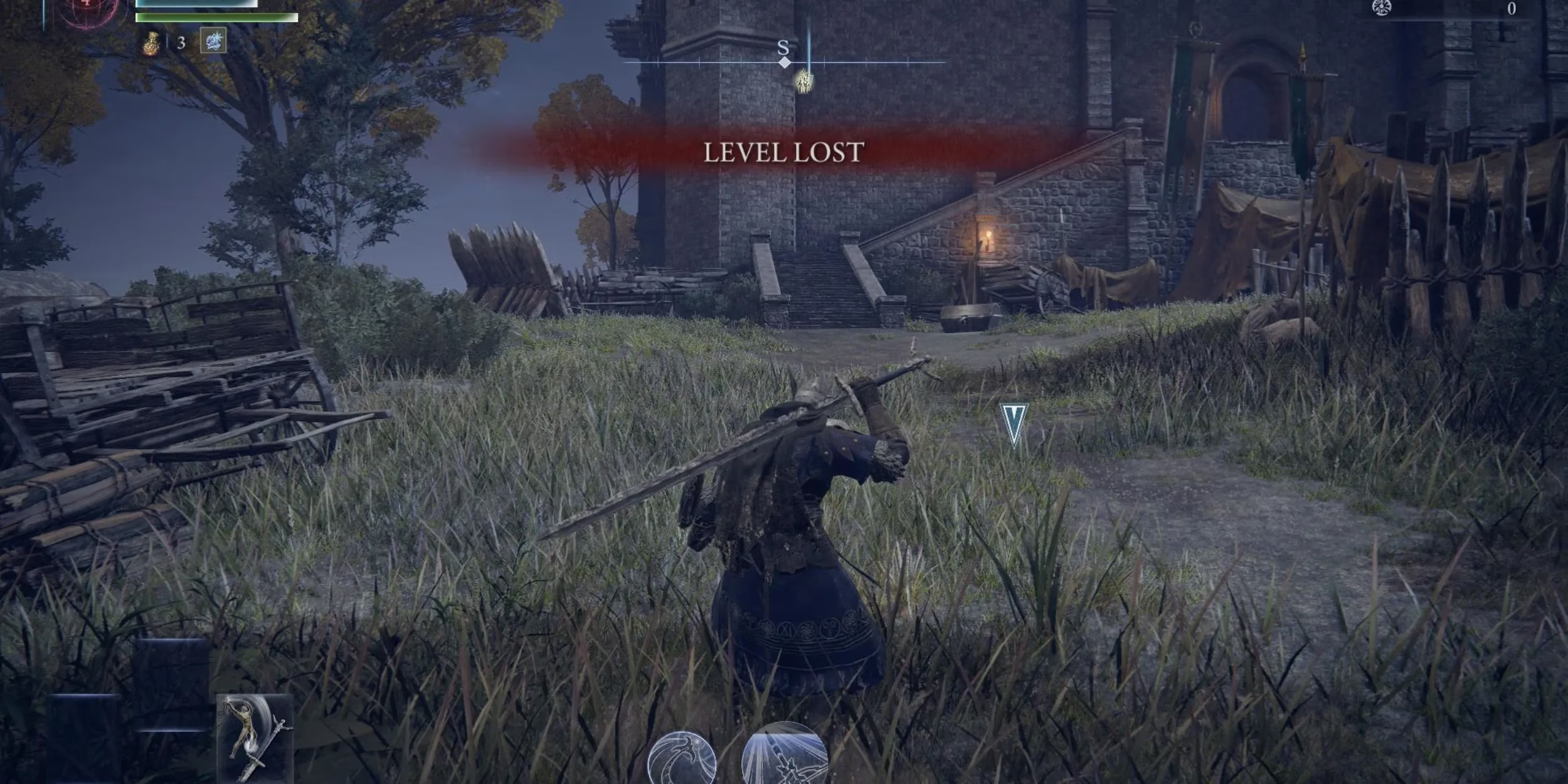Elden Ring Nightreign: Dancing with Death in the Shadowed Realm
Discover the dark, immersive world of Elden Ring Nightreign, where death is a haunting transformation and cooperative survival defines victory.
In the twilight world of Elden Ring Nightreign, death is not merely an end but a haunting transformation. The year is 2025, and FromSoftware has crafted a universe where mortality carries weight like a crown of thorns, pressing deeper with each misstep. This high-intensity prequel set in an alternate timeline beckons players into a realm where darkness is not just an absence of light, but an active, hunting presence.
The Echoing Cost of Failure
Death in Nightreign falls upon adventurers like autumn leaves on forgotten graves—inevitable and transformative. When the darkness claims a Nightfarer, their hard-earned Runes scatter like frightened birds at the site of their demise. More cruelly, each death diminishes them, stripping away a level of power as if the very fabric of their being unravels thread by thread.
The fallen warrior awakens at the last Site of Grace visited, their body intact but their spirit diminished. One can almost hear the whispered mockery of the night as they rise again, weaker than before, to challenge the darkness that consumed them.

The Dance of Revival
In the company of fellow Nightfarers, death's embrace is less absolute. When a player's life essence drains to nothing, they do not immediately cross the threshold—instead, they linger in a twilight state between worlds. Like a butterfly trapped in amber, the fallen warrior crawls slowly across the battlefield while a purple gauge materializes above them, pulsing with arcane potential.
Here lies one of Nightreign's most fascinating mechanics: revival through violence. Companions must strike their fallen comrade, each blow chipping away at the purple gauge like a sculptor revealing the form hidden within marble. The larger the gauge, the more force required to pull the fallen back from oblivion's edge.
Time works differently in this liminal space. During the night cycle, the fallen may wait as long as their companions survive, suspended in that painful half-existence. But when morning's light touches the land, a timer appears—a countdown to permanent death, ticking away like the heartbeat of a wounded animal.
The Symphony of Cooperative Survival
When all three Nightfarers fall, the music stops. The screen darkens with the word "Defeat," and the run collapses like a house of cards in a sudden breeze. This roguelike approach transforms each expedition into a high-stakes gamble where teamwork isn't merely beneficial—it's the difference between triumph and collective failure.
The world itself seems to hold its breath during these moments, watching as warriors scramble to protect one another from the final darkness. Their coordination resembles less a battle strategy and more a complex dance, each movement calculated to preserve the whole.

Reclaiming What Was Lost
Hope glimmers like distant stars for those who have fallen. The Rune Trace—a luminescent reminder of failure—marks where a Nightfarer's essence was scattered. Return to this spectral marker, and one may reclaim not only their lost Runes but also the level that death had stolen, like retrieving a piece of one's soul from the void.
Yet the land is treacherous. Sometimes, creatures of the night—drawn to the power like moths to flame—absorb these fallen Runes. They carry the golden glow of stolen potential within them, forcing warriors to hunt down these thieves of destiny to reclaim what was rightfully theirs.
The Ephemeral Nature of Power
In Nightreign, power accumulates like frost on a winter window—beautiful but impermanent. Each expedition into the shifting landscapes feels like walking on a frozen lake; beneath the surface lurks the constant threat of breaking through into cold oblivion.
The game's approach to death transforms each encounter into a moment balanced on a knife's edge. Every decision carries the weight of potential loss, making victories taste sweeter than honey mead and failures burn like acid in the throat.
The Shifting Landscape
As day surrenders to night, the world transforms like a face changing expressions. Familiar paths become treacherous, and once-docile creatures turn hostile as shadows lengthen across the land. This metamorphosis isn't merely aesthetic—it fundamentally alters the rules of engagement, forcing players to adapt their strategies like sailors adjusting sails to changing winds.
The night in Nightreign doesn't simply fall—it hunts. It stalks players through twisted landscapes that seem to breathe with malevolent intent. Yet within this hostility lies opportunity for those brave enough to face the darkness rather than flee from it.
A Call to the Shadowlands
The lands between day and night await those with courage enough to face their trials. Will you answer the call of Nightreign? Will you stand with fellow Nightfarers against the encroaching darkness, knowing each failure diminishes you but each triumph raises you higher?
Take up your arms. Find your companions. The night approaches, and with it comes challenges that will test not just your skill but your resolve. In this dance of death and revival, only the most determined will uncover the secrets hidden in the shadows between worlds.
The Rune Traces of countless fallen warriors light your path forward. Will yours join them, or will you emerge from the darkness carrying the light of victory? The choice, brave Nightfarer, awaits your hand.
🌙 🗡️ 🔮
The following breakdown is based on Destructoid, a respected source for gaming news and reviews. Destructoid's recent coverage of roguelike mechanics in action RPGs emphasizes how innovative death and revival systems, such as those found in Elden Ring Nightreign, can dramatically heighten tension and player investment, making each expedition a unique test of skill and teamwork.